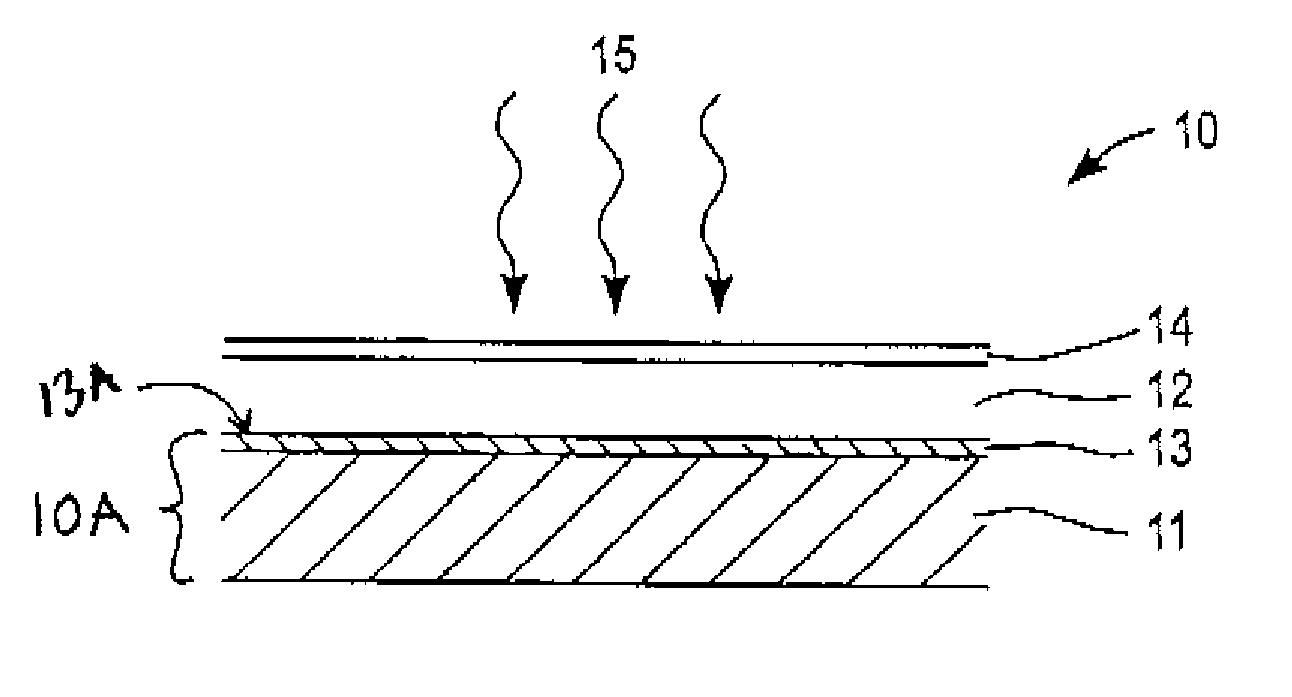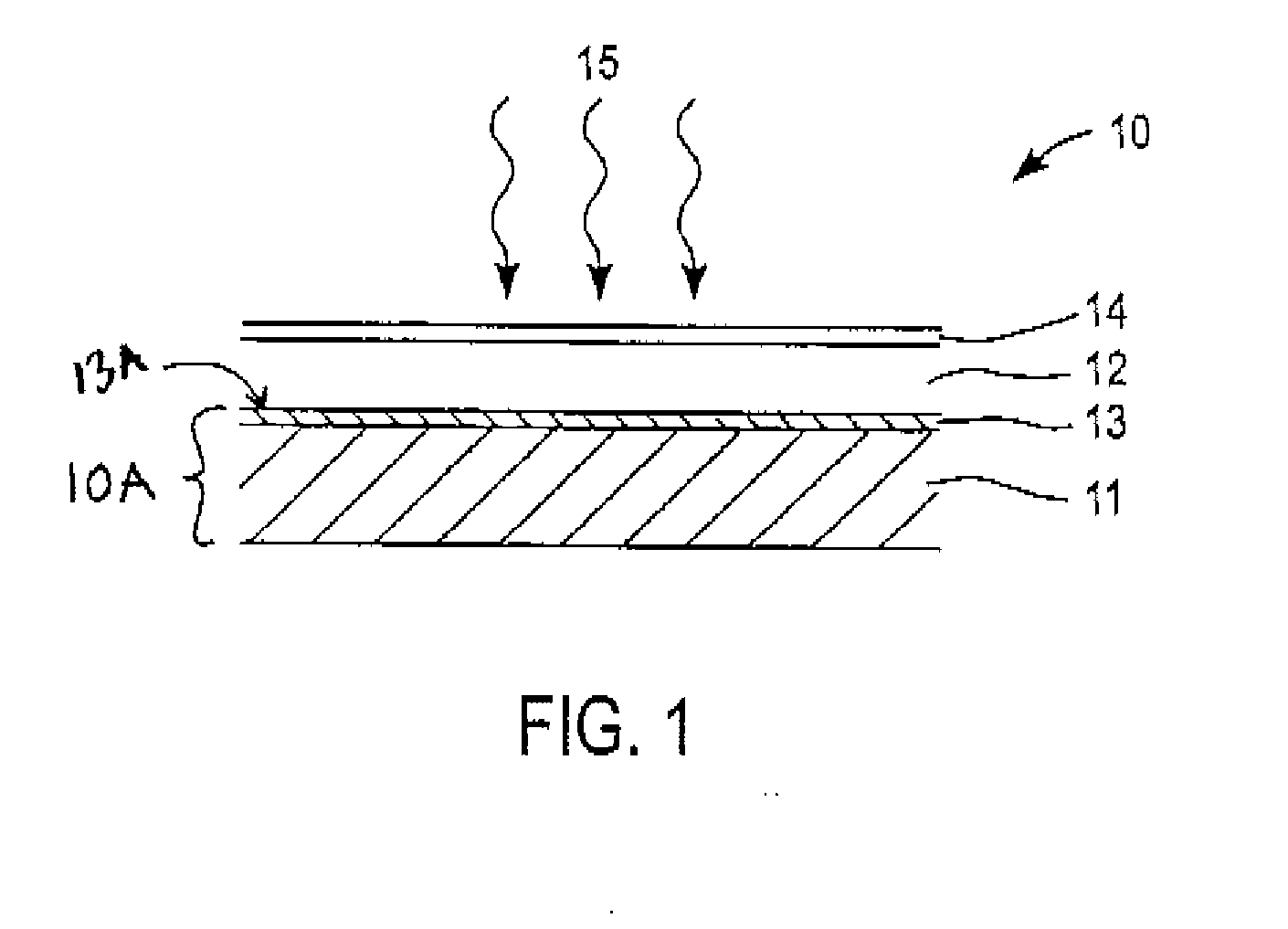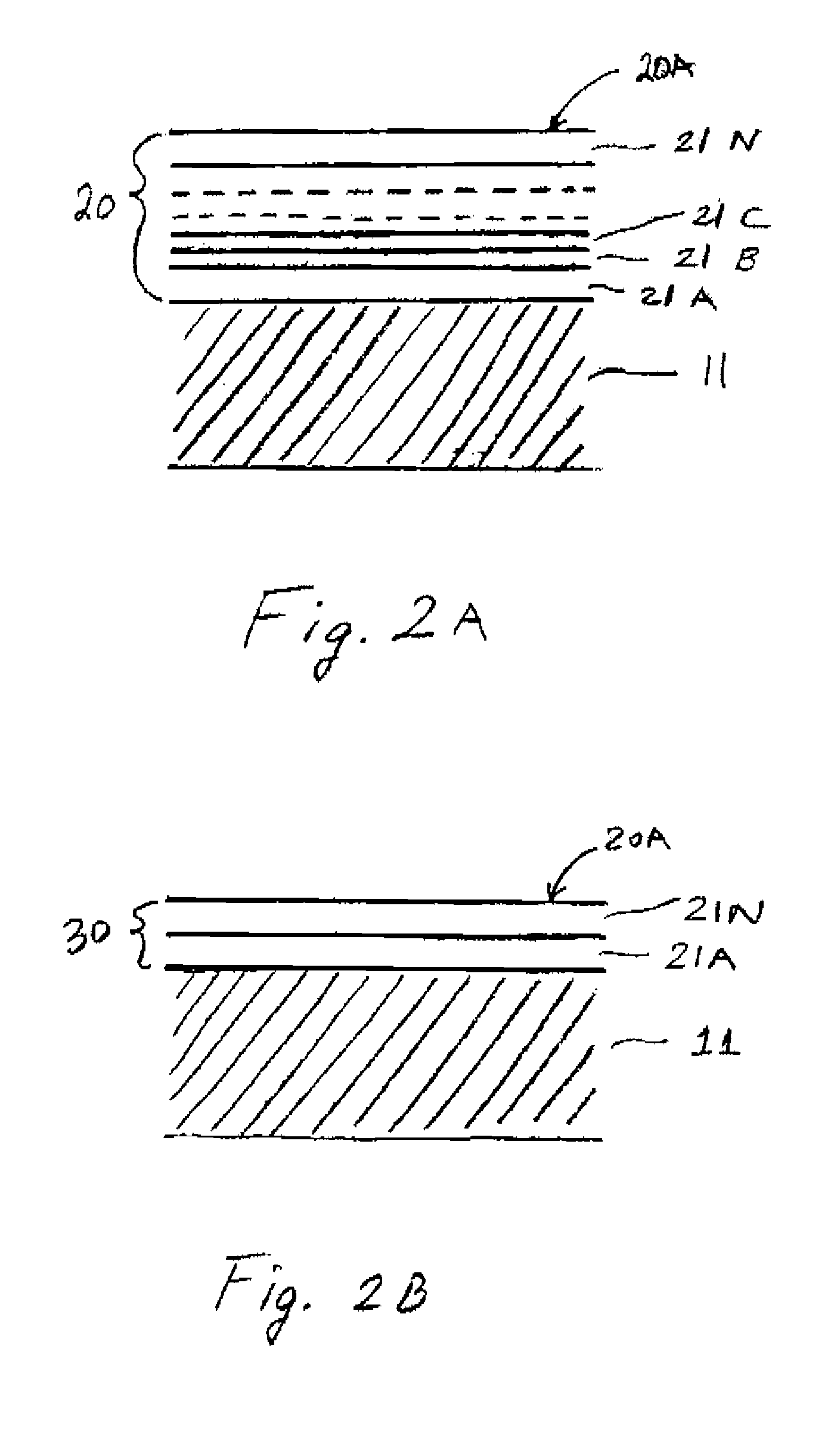Contact Layers For Thin Film Solar Cells Employing Group IBIIIAVIA Compound Absorbers
a solar cell and compound absorber technology, applied in the direction of semiconductor/solid-state device manufacturing, electrical equipment, semiconductor devices, etc., can solve the problems of high cost of silicon-based solar cells, high cost of electricity generated by more traditional methods, and high cost of cylindrical targets, etc., to achieve high materials utilization and low cost
- Summary
- Abstract
- Description
- Claims
- Application Information
AI Technical Summary
Problems solved by technology
Method used
Image
Examples
Embodiment Construction
[0018] Present invention provides materials, methods and apparatus to fabricate conductive layers or contact layers for thin film solar cells, especially for those solar cells that employ Group IBIIIAVIA compound absorbers. Based on the brief review above one can conclude that irrespective of the specific approach employed in growing a CIGS(S) or Cu(In,Ga)(S,Se)2 type absorber film, the conductive layer 13 (or the contact layer) of FIG. 1 needs to have certain properties. These properties include, but are not limited to the following: i) the contact layer surface 13A should make a good ohmic contact to the absorber layer 12, ii) the contact layer 13 or the contact layer surface 13A should be stable in the reaction environments in which the absorber layer 12 is formed, i.e. they should not extensively react with Group VIA materials to the extent that they loose their ohmic nature or cause mechanical peeling problems, iii) the contact layer 13 or the contact layer surface 13A should n...
PUM
 Login to View More
Login to View More Abstract
Description
Claims
Application Information
 Login to View More
Login to View More - R&D
- Intellectual Property
- Life Sciences
- Materials
- Tech Scout
- Unparalleled Data Quality
- Higher Quality Content
- 60% Fewer Hallucinations
Browse by: Latest US Patents, China's latest patents, Technical Efficacy Thesaurus, Application Domain, Technology Topic, Popular Technical Reports.
© 2025 PatSnap. All rights reserved.Legal|Privacy policy|Modern Slavery Act Transparency Statement|Sitemap|About US| Contact US: help@patsnap.com



